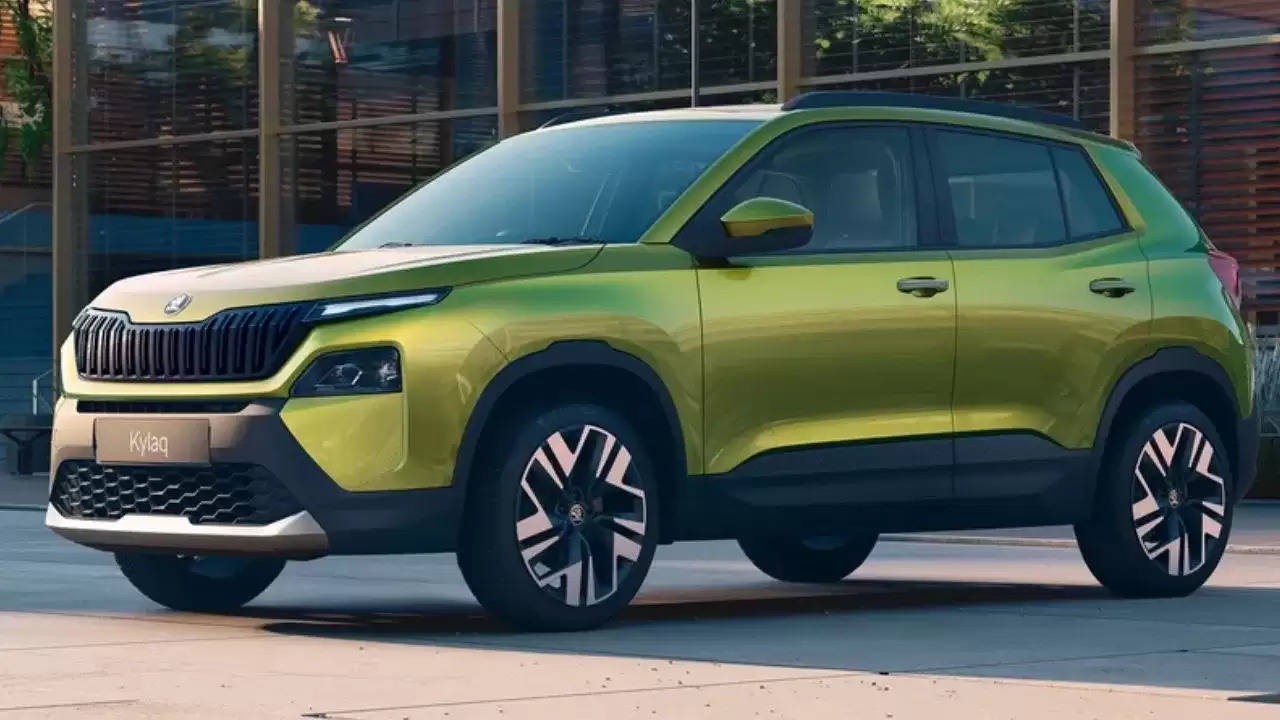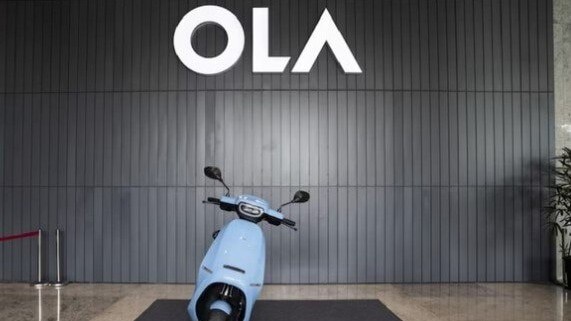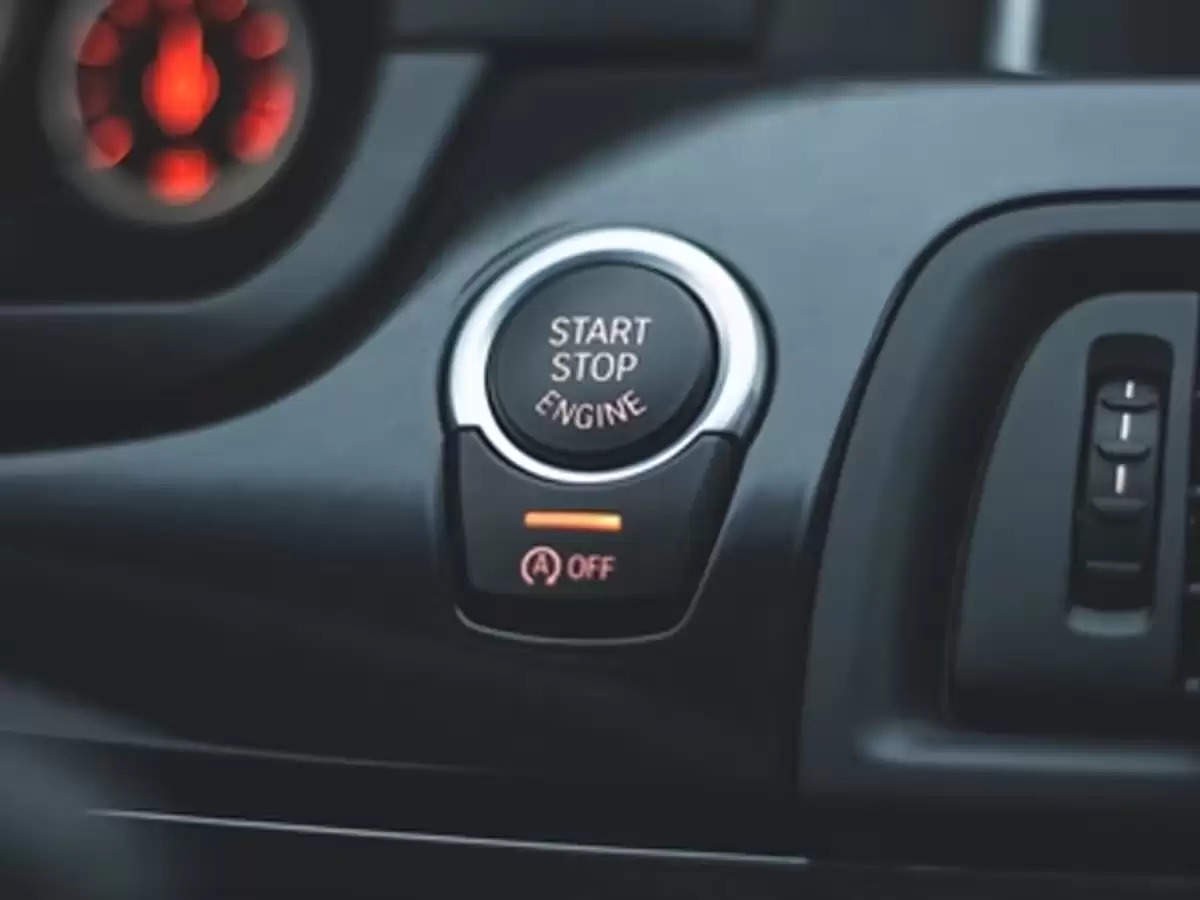For over a decade, Apple kept the whispers surrounding its revolutionary Apple car, code-named “Project Titan,” swirling within the tech world.
However, this week, the company officially pulled the plug on the ambitious project, marking a closer to its plans of entering the automotive sector. According to the New York Times, from the very beginning, Apple’s development of a car was plagued by internal disagreements, technical hurdles, and leadership changes, ultimately costing the company over $10 billion without ever producing a marketable car.
The NYT report reveals that although Apple started work on Project Titan with full momentum, many Apple employees sensed the downfall of this project and hence used to refer to it as the “Titanic disaster.” And they had reasons for it.
Rise of Titan amidst falling iPhone sales
Apple’s journey to build its Titan started in 2014 when the company was witnessing a decline in the sales of its flagship product, the iPhone. iPhone sales reportedly dropped by 16 percent in the first quarter of the year-and an even more dramatic 32 percent from the last quarter of 2015. So, while grappling with falling sales, Apple began its ambition to introduce a new product and, in fact, enter the growing and lucrative market of cars.
Planning to buy Tesla from Elon Musk
Apple reportedly even started discussions with Elon Musk to buy Tesla; however, soon the company thought to build its own car and enter the electric vehicle market as a competitor. In fact, in early 2014, Tesla Boss Musk even confirmed to Bloomberg that Apple was considering purchasing Tesla; however, he quoted that the acquisition of Tesla seemed “very unlikely.”
“If one or more companies had approached us last year about such things, there’s no way we could really comment on that. We had conversations with Apple, I can’t comment on whether those revolved around any kind of acquisition,” he said in an interview with Bloomberg Television
Shift to compete with Google
So, after talks with Musk, Apple decided to build its own car and later shifted its focus to developing a fully autonomous car when its rival Google introduced its Waymo. However, this shift reportedly proved to be a major hurdle for Project Titan, as the software and algorithms for self-driving technology proved far more complex than anticipated.
While the decision of what exactly the Titan would be, another reason behind the failed project is said to be the frequent leadership changes. The NYT reveals that Apple’s project appointed four different leads in the last 10 years, which made the project lack consistent direction and vision. Additionally, the team also faced a lot of conflicts of opinion on the car’s design and functionality. While some employees pushed for a sleek, self-driving design, others advocated for a more practical electric vehicle with advanced driver-assistance features. There were even plans to replace the steering wheel entirely, and the car would be controlled using Apple’s virtual assistant, Siri.
Interestingly, the design team even envisioned a car resembling the Fiat Multipla 600, a European minivan with a unique, multi-windowed design, and no steering wheel, relying solely on Siri for navigation.
Death of Titan to focus on AI
Despite years of development and significant financial investment, Apple ultimately concluded that the project will now focus on generative AI, offering a more promising path forward, especially for its big iPhone business. This decision aligns with the company’s core business and leverages the expertise gained from Project Titan.
Apple reportedly is planning to integrate its learnings in AI and automation into future products such as AI-powered AirPods with cameras, robotic assistants, and augmented reality experiences.
And now, the Project Titan to create the car has been laid to rest, with Apple relocating over 2,000 employees who were previously involved in the car project. Some of them will transition to other teams within Apple, focusing on AI and other cutting-edge technologies. Unfortunately, a portion of these employees will face layoffs.
Apple intends to leverage the knowledge gained from the car project and apply it to the development of other innovative devices. These include AI-enhanced AirPods with built-in cameras, robotic assistants, and advancements in augmented reality.





